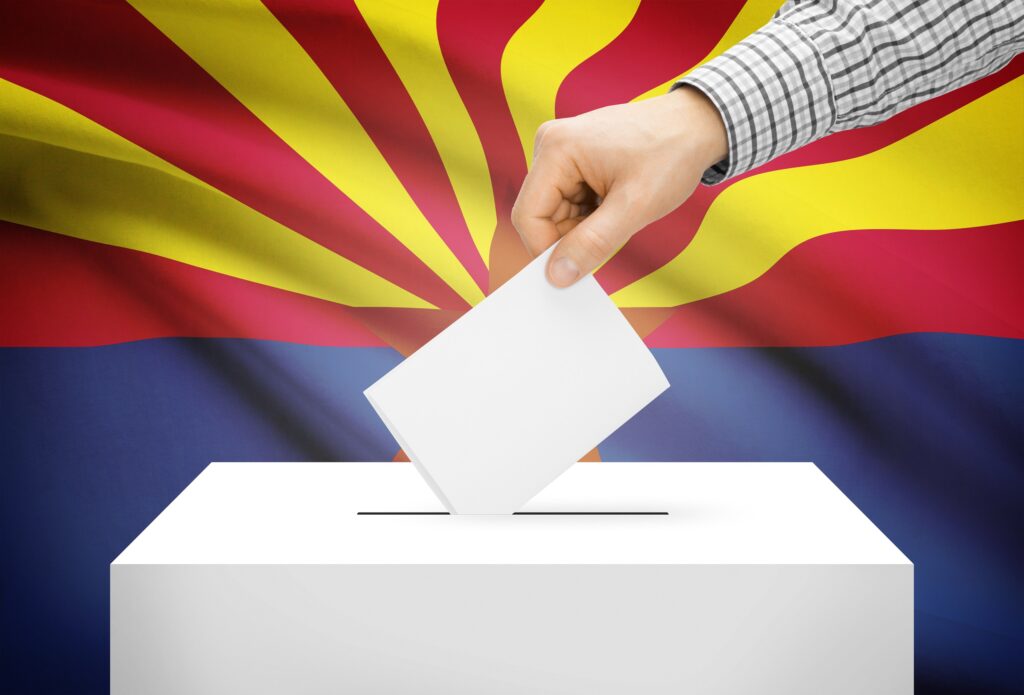2020 Insurance Regulation Report Card
Welcome to the ninth edition of the R Street Institute’s Insurance Regulation Report Card, our annual examination of the state-based system of insurance regulation.
As indicated by our institutional motto, R Street is dedicated not only to “free markets,” but also to “real solutions.” This annual report embodies those principles of limited, effective and efficient government by applying them to public policy governing the business of insurance. We believe governments should regulate only those market activities on which government is best-positioned to act; that they should do so competently and with measurable results; and that regulatory systems should lay the minimum possible burden on companies, taxpayers and ultimately, consumers.
This report seeks to answer three fundamental questions:
1. How free are consumers to choose the insurance products they want?
2. How free are insurers to provide the insurance products consumers want?
3. How effectively are states discharging their duties to monitor insurer solvency and foster competitive, private insurance markets?
The insurance market is both the largest and most significant portion of the financial services industry to be regulated almost entirely at the state level. While state banking and securities regulations are preempted largely by federal law, Congress reserved for the states the duty to oversee the “business of insurance” as part of 1945’s McCarran-Ferguson Act.
This report demonstrates that, on balance, states do an effective job of encouraging competition and ensuring solvency in insurance markets. In most U.S. states, markets for the common “personal lines” of home and auto insurance meet common statutory definitions of competitiveness. Insolvencies are relatively rare and, through the runoff process and guaranty fund protections enacted in nearly every state, generally quite manageable.
However, there are ways in which the thicket of state-by-state regulations leads to inefficiencies, as well as state policies that have the effect of discouraging capital formation, stifling competition and concentrating risk. Central among these are rate controls. While explicit price-and-wage controls largely have fallen by the wayside in most industries (outside of natural monopolies like utilities), pure rate regulation remains commonplace in insurance. Some degree of rating and underwriting regulation persists in nearly every state.
To a large degree, this is a relic of an earlier time when nearly all insurance rates and forms were established collectively by industry-owned rate bureaus, as individual insurers generally were too small to make credible actuarial projections. McCarran-Ferguson charged states with reviewing the rates submitted by these bureaus to counter anticompetitive collusion. With the notable exception of North Carolina, rate bureaus no longer play a central role in most personal lines markets. Many larger insurers now establish rates using their own proprietary formulas rather than rely on rate bureau recommendations.
In some cases, regulations may hinder the speed with which new products are brought to market. We believe innovative new products could be more widely available if more states were to free their insurance markets by embracing regulatory modernization. An open and free insurance market would maximize the effectiveness of competition and best serve consumers.
In 2020, we saw the industry and the states that regulate it grapple with new challenges, from the protection gaps in business interruption policies revealed by the COVID-19 pandemic to the re-emergence of widespread civil commotion as a significant claims event to the continuing uncertainty regarding the pace and severity of climate change and what effects it will have on natural disasters.
As it has in years past, the regulatory landscape is changing. We hope this report captures how those changes may impact both the insurance industry and insurance consumers in the months to come.
Read the full report here.
Press release: The R Street Institute Releases Ninth Annual Insurance Regulation Report Card









